全站搜索
Search the entire website
Search the entire website
Marble is a kind of recrystallized limestone which softens under high temperature and pressure re-crystallizing to form marble as the minerals change. The leftover material of marble has high value for secondary use, which can be processed into fines and widely used in the chemical industry.
ZONEDING builds machines for processing stone and helps businesses like yours by building crushing plants for many materials, including marble. Marble is a special stone; it is not as hard as some others, but it has its own needs for crushing. You want to process marble well, spend less money doing it, and make good products that people will buy. ZONEDING’s machines and plans are designed to help you achieve this.
Here are very common marble crushing plants for reference. They have been proven by practice in lots of quarries. And they have the advantages as follows:
Marble has special features. It is a beautiful stone. It is used in buildings and art. It is also used in industries. Marble is softer than granite or basalt. It is made mostly of calcium carbonate. This softness means it breaks more easily. It uses less energy to break. But it also creates a lot of fine dust when you crush it. This dust is a big issue. It can get everywhere. It is bad for people working. It is bad for the machines. It makes cleaning hard.
Marble can be used for many things. You can crush it into small stones for building (aggregate). You can grind it into a very fine powder. This powder is used in paint, paper, plastic, and other things. Making this fine powder needs different machines and steps than making aggregate. The quality of the final product is very important. For powder, people care about the color (whiteness) and how pure it is. You do not want other things mixed in. You need a crushing plant that can handle the dust. You need a plant that can make different sizes and qualities of product. This is what makes marble crushing different.
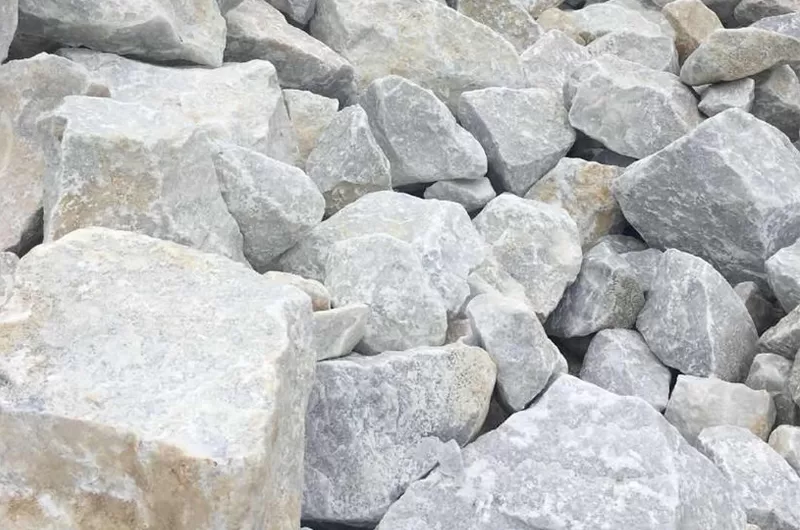
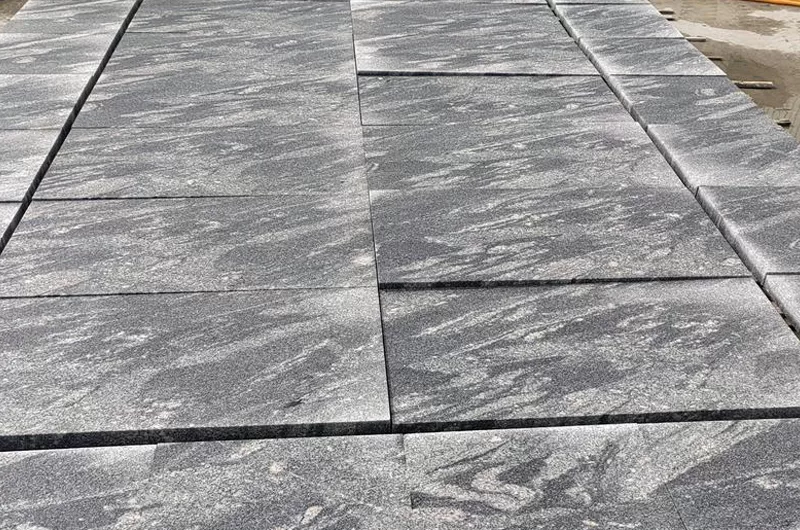
Based on my long experience, dust is the biggest problem in marble crushing. Marble is soft and powdery when it breaks. This fine dust gets into the air. It is not healthy to breathe. It covers everything. Worse, it gets into machine parts. It gets into bearings and gearboxes. It makes them wear out faster. It can cause electrical parts to fail. It stops machines from working well. It costs you money to fix machines and clean.
You need good ways to control dust. Water spraying systems at crushing and transfer points can help. These systems add water to the material. This makes the dust heavy. It makes it fall down instead of going into the air. You also need dust collection systems. These use filters to catch the dust from the air. A bag filter system is very good at collecting fine dust. Putting in good dust control costs money at the start. But it saves you a lot of money later. It keeps your machines running longer. It keeps your workers healthy. It helps you follow environmental rules. Investing in dust control is necessary for a successful marble plant.
You need the right machines to crush marble well. The best machines depend on what size product you want to make. For crushing big pieces down first, a Jaw Crusher is often used. It is strong and handles large feed sizes. Because marble is not very hard, a jaw crusher works well. It does not wear out as fast as when crushing very hard rock. For making smaller sizes and improving the shape of the stone pieces, other crushers are used.
Impact Crushers or Hammer Crushers work very well for marble. These machines break rock by hitting it at high speed. This action can make the crushed pieces more cubical. A cubical shape is better for aggregate quality. For many marble plants that make aggregate or slightly finer material, a single Impact Crusher can sometimes do the work of both a secondary and tertiary crusher for harder rock. This simplifies the plant. It uses fewer machines. This saves you money on buying machines and running them. If you need to make very fine sand or powder, you might also use a VSI Sand Making Machine. This machine makes very fine, well-shaped product. You need screens after crushers. Vibrating Screens sort the crushed material into different sizes.
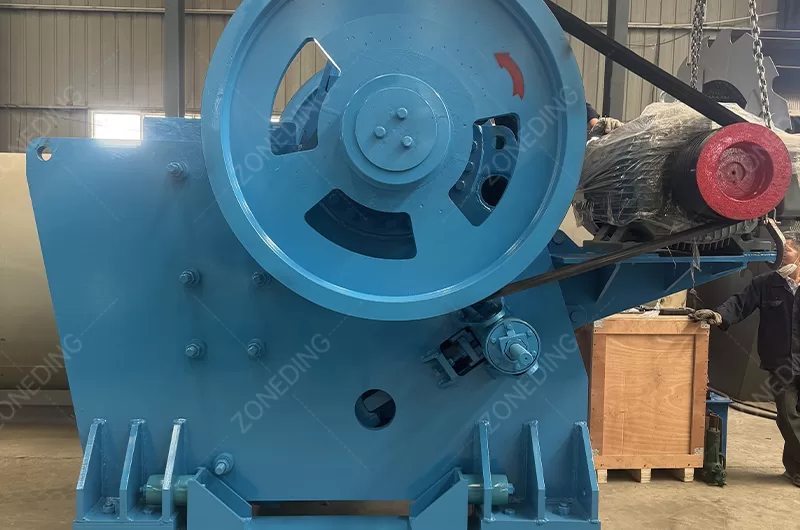
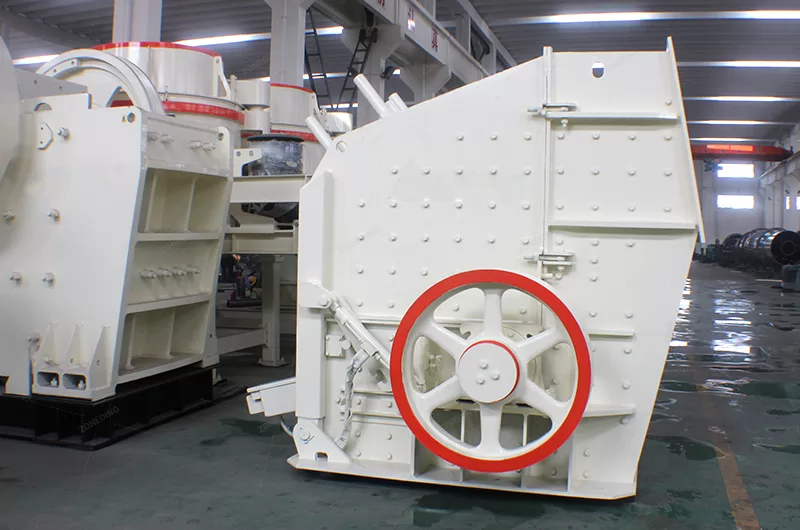
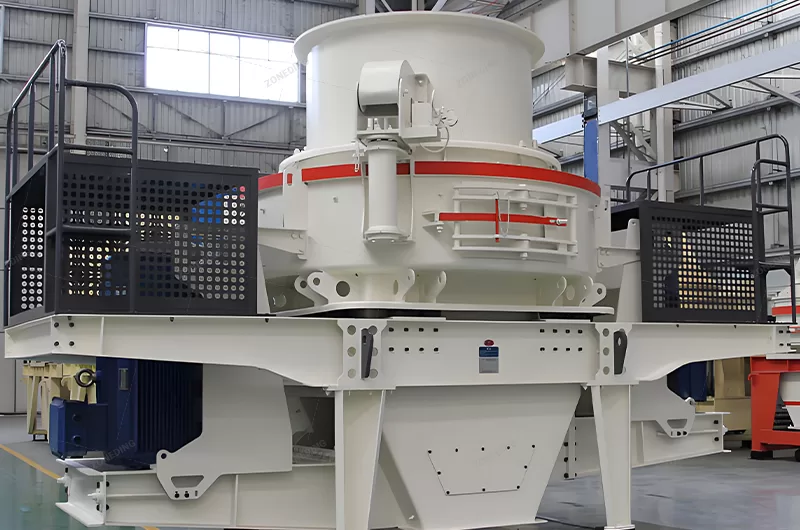
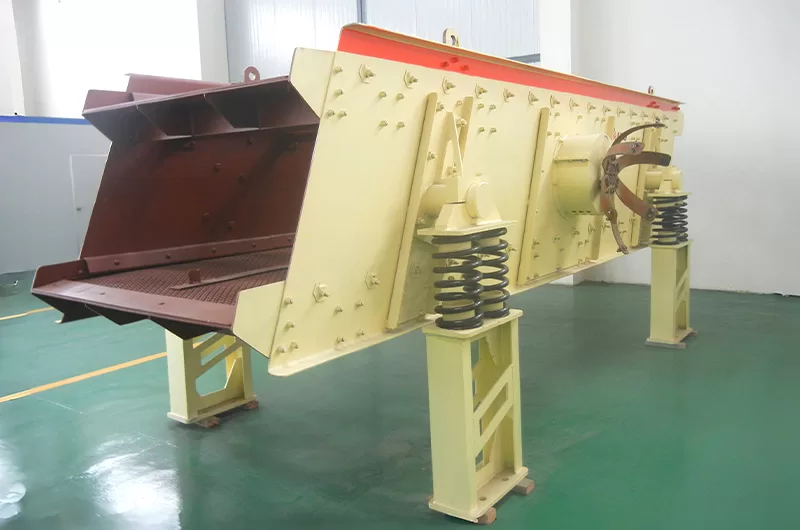
Designing a marble crushing plant means thinking about what you want to make. Do you want small stones for building? Do you want fine powder for industry? Maybe you want both. A good plant design is flexible. It can produce different sizes and types of marble product. You need the right mix of crushers and screens. You need conveyors to move the material. You also need ways to handle the fine material created. For making aggregate, you usually have one or two stages of crushing and then screening.
If you want to make marble powder, you need more machines. You need machines that can break the rock down to very small sizes. After crushing, you need grinding machines like a Ball Mill. A ball mill grinds the material into fine powder. After grinding, you need a way to separate the powder by its fineness. This is done with special screens or air classifiers. The process for making powder is more complex. It needs more careful control of particle size. It also creates even more dust. A plant designed for multiple products might have parts for aggregate production and parts for powder production. It might use some machines for both tasks. This flexibility allows you to sell to different markets and make more money from your marble.
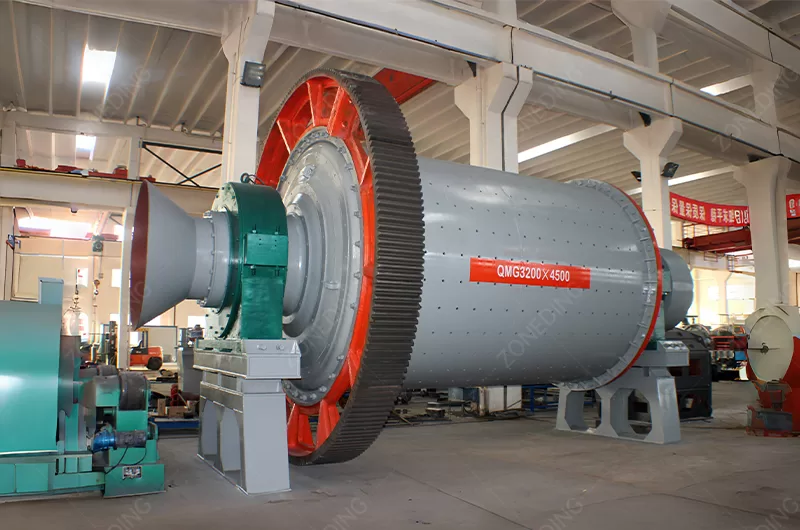
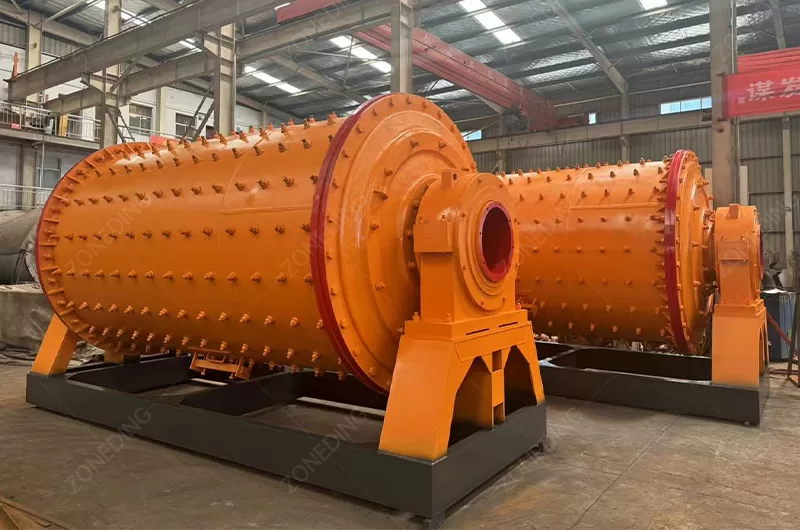
Dust is a major issue for marble processing. It is more than just a nuisance. Fine marble dust gets into the air. It is harmful to workers’ health if they breathe it. It also hurts the machines. It makes them break down faster. Dust control is very important for safety, for keeping your plant running, and for the environment. You must control the dust well. Ignoring dust problems will cost you a lot in the long run. It will cost you in repairs, lost production time, and potential fines for not meeting environmental rules.
To control dust well, you need a system. It is not just one thing. You can spray water on the material at points where dust is made. This is at crushers, screens, and transfer points on conveyors. The water makes the fine dust stick to the larger pieces. It stops it from going into the air. You also need dust collectors. These are like big vacuum cleaners with filters. They suck the dusty air from around machines and clean it. A good dust collector, like a bag filter, can catch very fine dust. These systems need to be sized correctly for your plant. They need to be maintained. Filters must be cleaned or replaced. This adds a cost, but it is much less than the cost of health problems, broken machines, and legal issues. A clean plant is a safe and efficient plant.
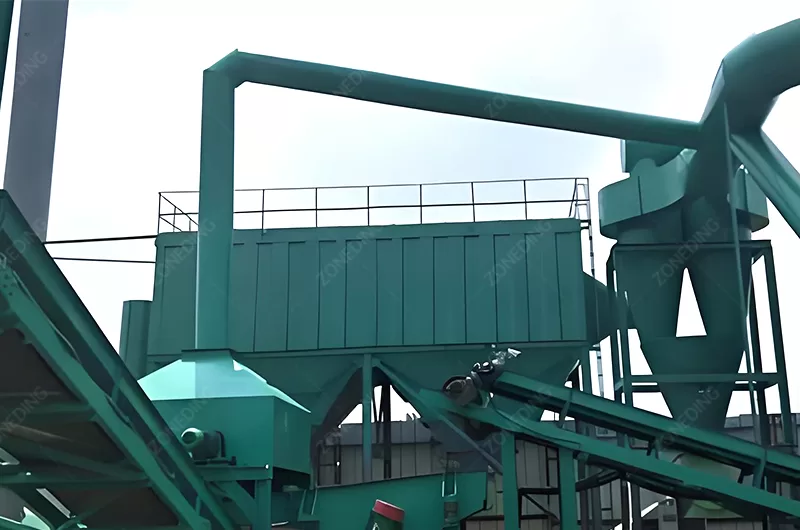

Running a marble crushing plant has costs. The main costs are power (electricity or diesel), wear parts, labor (workers), and maintenance. Power is needed to run all the motors. Wear parts are the pieces that touch the stone and wear out. Labor is for running the plant and fixing things. Maintenance is fixing machines when they break or doing checks to prevent breaks. To make a good profit, you need to keep these costs low per ton of marble you process.
You can lower operating costs in smart ways. Use machines that use less power for the work they do. Modern machines are often more energy efficient. Keep your machines in good condition. Do regular maintenance checks. Fix small problems before they become big, expensive problems. Choose wear parts that last a long time. Even if they cost more to buy, they might process more tons of stone before you need to change them. This saves money overall. It also means less time stopping the plant to change parts. Make sure material flows smoothly through the plant. Avoid blockages. Blockages stop production and can damage machines. Train your workers to operate the plant correctly and do basic maintenance. Good operation reduces wear and power use. Thinking about these things helps you reduce costs per ton. This increases your profit margin.
Wear parts are a significant cost in any crushing plant, including marble. Parts like crusher jaws, cone liners, impact plates, and screen mesh wear out because stone rubs against them. While marble is soft, the speed of the machines and the amount of stone processed still cause wear. Wear parts need to be replaced regularly. The cost of these parts and the time spent changing them add up. You need to manage this cost well.
For marble, especially in high-speed impact crushers, wear parts like hammer heads or impact plates still wear down. The key is to choose wear parts made of the right material. High manganese steel is common. But for less abrasive materials like marble, some special alloys or designs might last longer. You need to calculate the cost per ton of material processed, not just the price of the part. A part that costs 20% more but lasts 50% longer is cheaper in the end. Operate your crushers according to the manufacturer’s instructions. Do not overload them. Make sure the feed material is the right size. This helps the wear parts last longer. Check wear parts regularly. Plan to replace them during scheduled stops. Do not wait until they break and cause a sudden shutdown or damage the machine. Good wear part management saves money and keeps the plant running.
Marble quarries and processing plants often produce a lot of waste material. This includes pieces that are too small or the wrong shape, and also the dust and slurry from cutting and polishing blocks. This waste can be a problem. It takes up space. It might harm the environment. But with the right crushing and processing equipment, you can turn this waste into useful products. This is called recycling. It can create a new source of income for you.
Crushing and screening equipment is perfect for recycling marble waste. You can take the larger waste pieces and feed them into a crushing plant. This makes aggregate that can be used in concrete, road building, or other construction. The smaller pieces and dust can be processed further. They can be ground into fine powder using ball mills or other grinding machines. This powder can be sold for many uses in different industries. Recycling waste marble reduces the amount of material that goes to waste dumps. It is better for the environment. It also creates a new product to sell. This makes your business more sustainable. It can also make it more profitable. It turns a cost (waste disposal) into a source of revenue (selling recycled products). ZONEDING can design plants to process marble waste.
Producing high-quality marble powder is different from making aggregate. Powder is used in industries where size, whiteness, and purity are very important. The particle size must be very small and controlled precisely. The powder must be very white. It cannot have dark spots or colors. It must be pure. It cannot have too much of other minerals or metals mixed in. Making this kind of product requires special equipment and a careful process.
First, you crush the marble into smaller pieces. Then, you grind these pieces into a fine powder. Machines like Ball Mills or vertical roller mills are used for grinding. After grinding, you need to separate the powder by fineness. This is done with classifiers. For very fine powder, air classifiers are often used. They use air currents to separate particles by size. To ensure whiteness and purity, you must start with clean marble. You must also prevent contamination during the process. Iron from worn machine parts can turn the powder gray or colored. Using special materials for machine parts and maybe using magnetic separators can help remove iron contamination. Dust control is also very important because the product is already fine powder. Making high quality powder is more complex but can earn you more money per ton than selling aggregate.
When you plan a marble crushing project, choosing the right supplier for your equipment is very important. You need a supplier who understands marble. Marble is different from hard rock. A supplier with experience in marble processing knows the specific challenges, like dust and achieving product quality. They should have built plants for marble before. They know which machines work best for marble. They know how to design a plant that handles dust well. They know how to set up the machines to make the product sizes and quality you need.
Look for a supplier with strong technical skills. They should have engineers who can design a custom plant for your marble source and your product goals. Every marble deposit is different. Your needs are unique. A good supplier does not just sell standard machines. They create a solution for you. They should offer full support. This includes helping design the plant, building the machines, helping with installation, training your workers, and providing spare parts and service later. Reliable support is key to keeping your plant running for many years. Ask about their history. Ask about their experience with marble. Ask for references from customers who process marble. ZONEDING has been making mineral processing equipment since 2004. We have worked on many projects, including those for marble and other soft stones. We have the technical team and experience to help you.
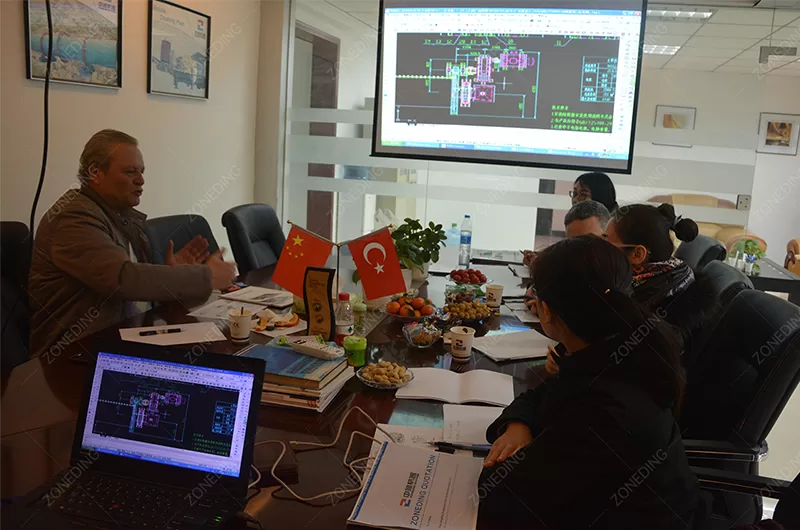
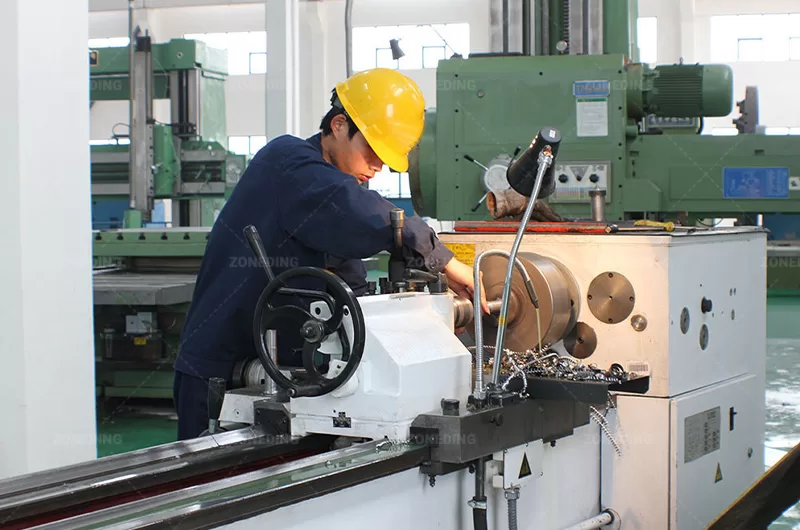
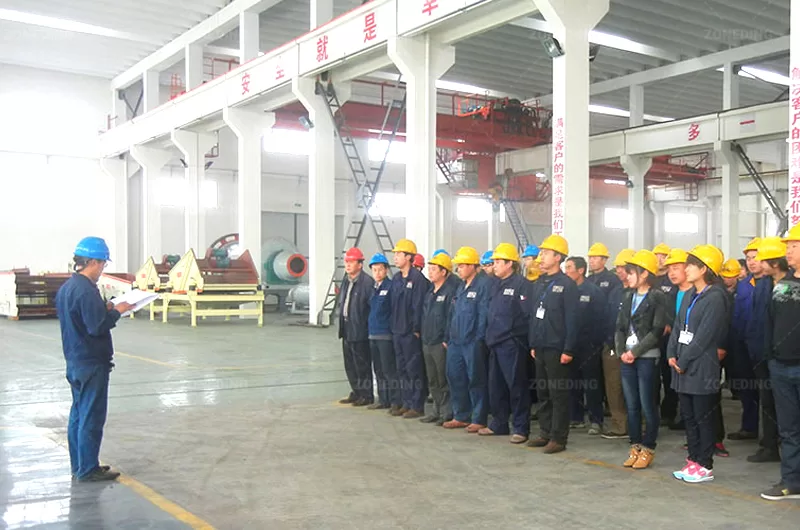
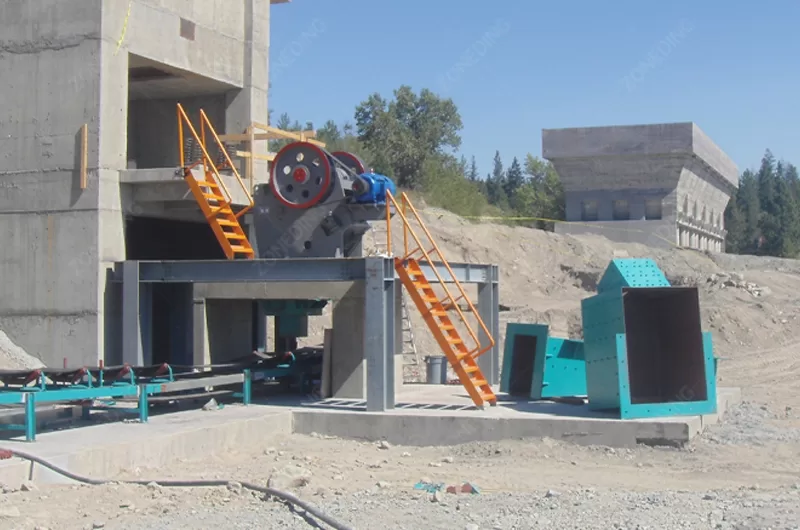
Q 1: Is dust control really that important for marble crushing?
A:Yes, dust control is very important for marble crushing. Marble is soft and makes a lot of fine dust. This dust is bad for workers’ health and damages machines. You need good spray and collection systems.
Q 2: Can I use a simple crusher for marble?
A:Marble is softer, so common crushers like Jaw Crushers and Impact Crushers work well. Sometimes, one impact crusher can do the job of two crushers for harder rock.
Q 3: How do I make fine marble powder?
A:To make fine marble powder, you need crushing plus grinding machines like Ball Mills. You also need classifiers to get the right powder size. Controlling purity and whiteness is also key.
Q 4: Can marble waste be recycled?
A:Yes, you can use crushing and grinding machines to turn marble waste pieces and dust into useful aggregate or powder products. This is good for the environment and can make money.